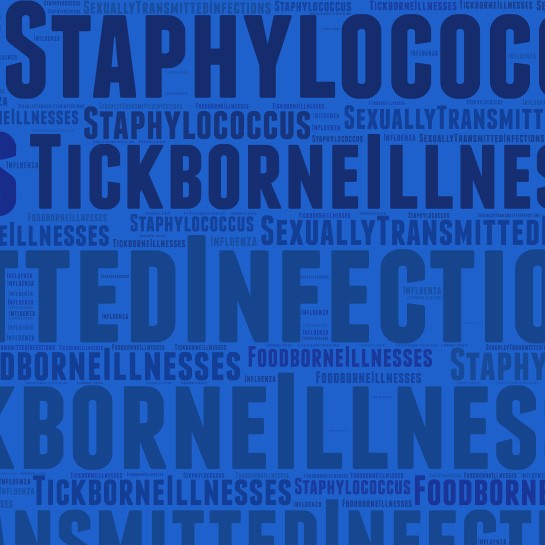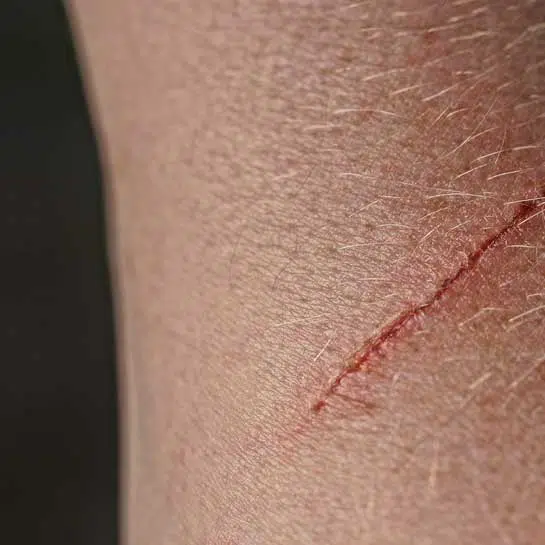Abscesses
Treatment
What are abscesses?
Our body’s natural reaction to foreign substances is to fight them. When bacteria, viruses, parasites, or inanimate objects enter the body, white blood cells go directly to the affected area, collect within the damaged tissue, and often cause inflammation. As your body’s defenses try to kill these germs, pus forms — this is the buildup of fluid, living and dead white blood cells, dead tissue, bacterium, or other foreign substances.
Tender and warm to the touch, abscesses are localized collections of pus that can occur almost anywhere on the body — the most common being the armpits, areas around the anus and vagina, the base of the spine, and in the groin. While anyone can develop an abscess — even after everyday tasks like shaving — those with weakened immune systems are more susceptible to certain abscesses although poor circulation, and exposure to other skin infections may also increase your risk.
What are the symptoms of abscesses?
Abscesses are typically red, raised, and painful — especially those found on the skin. Most abscesses will continue to get worse without proper medical attention, sometimes even progressing to a pointed head with visible material inside, and spontaneously rupturing.
How does ID Care diagnose abscesses?
Diagnosing a skin abscess comes with a complete physical exam. This allows ID Care physicians to accurately determine whether or not you have an abscess, and if so, its cause. We may take a culture or a small amount of fluid from the abscess to test for bacteria. Abscesses inside the body are not as easy to diagnose, but still require highly specialized expertise, as internal abscesses can affect the brain, lungs, liver, kidneys, breasts, neck, teeth, and tonsils.
How does ID Care treat abscesses?
The safest and most effective treatment for abscesses includes draining them of pus and other debris completely. Most individuals will feel immediate relief from pain after the abscess has been drained. After the procedure, our team will prescribe antibiotics — typically taken orally — to avoid the risk of any infection.





